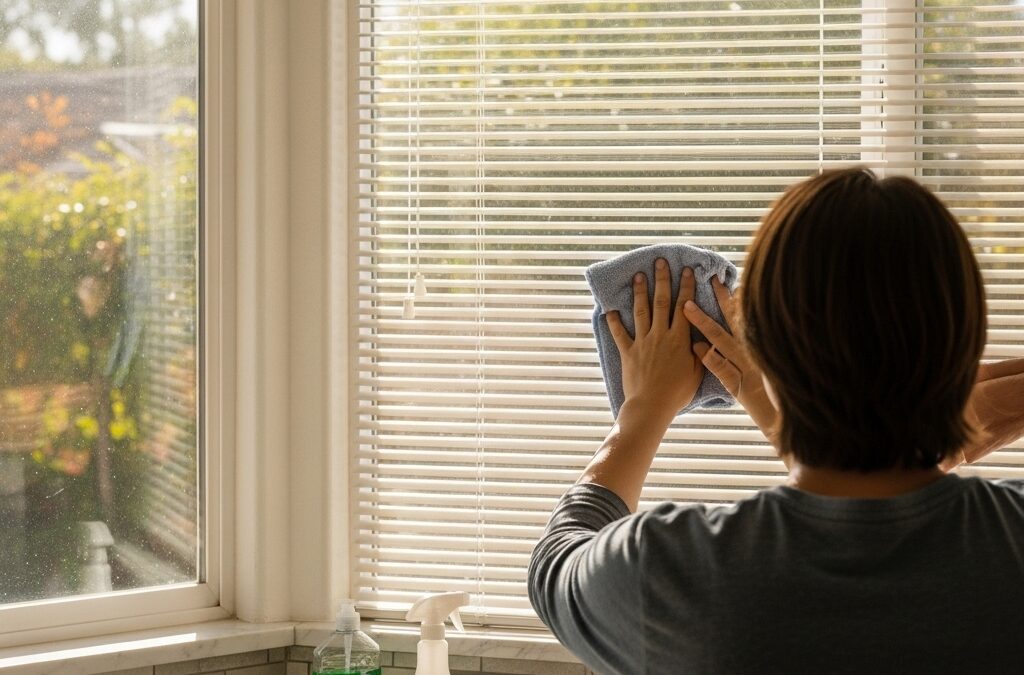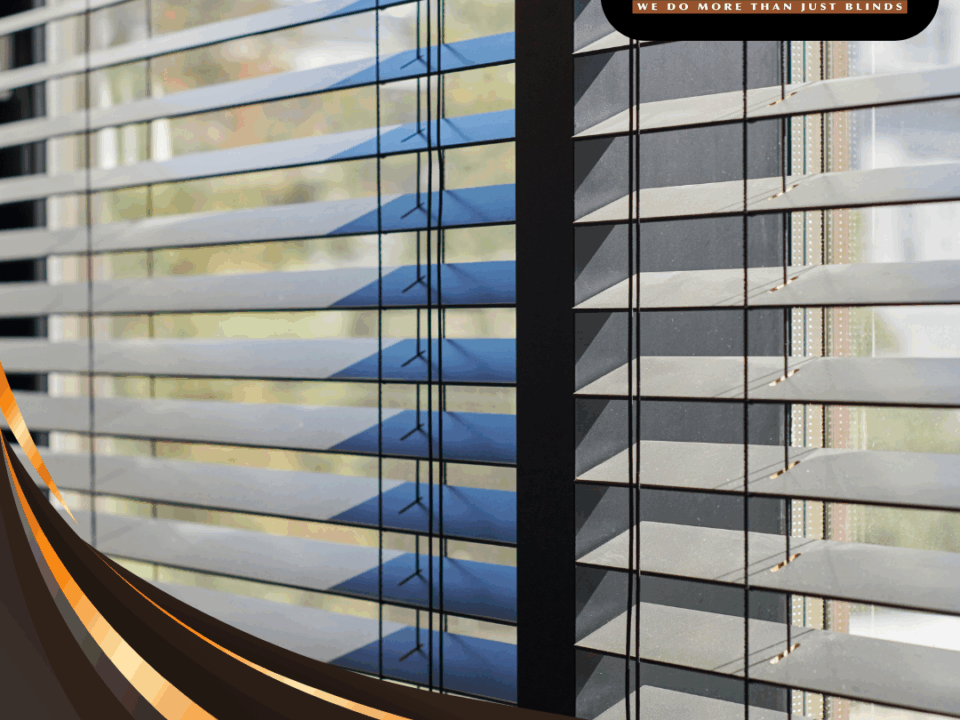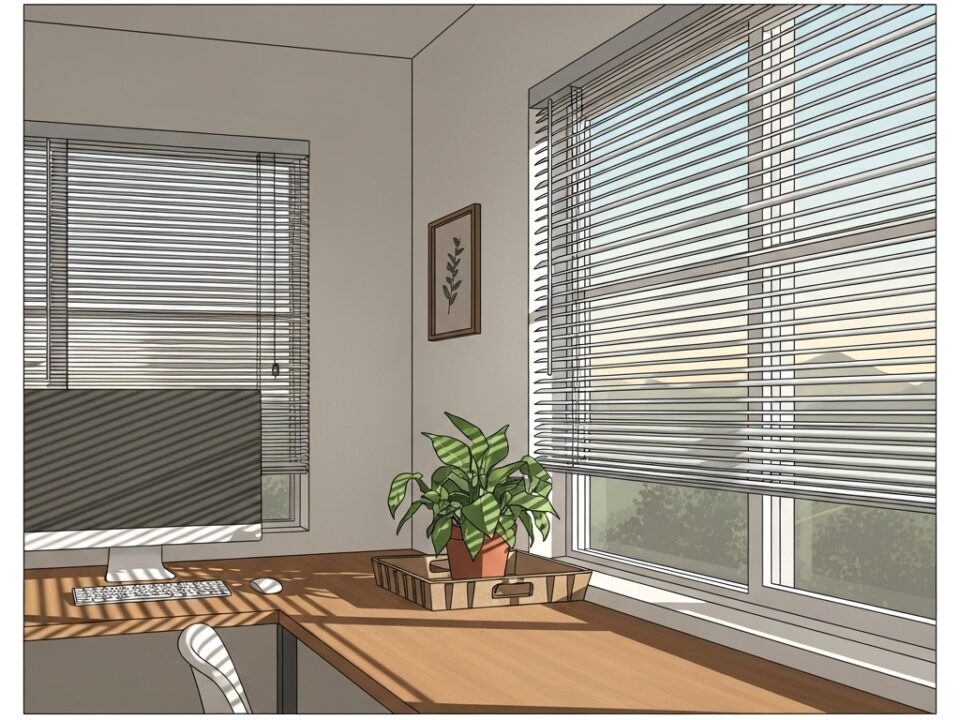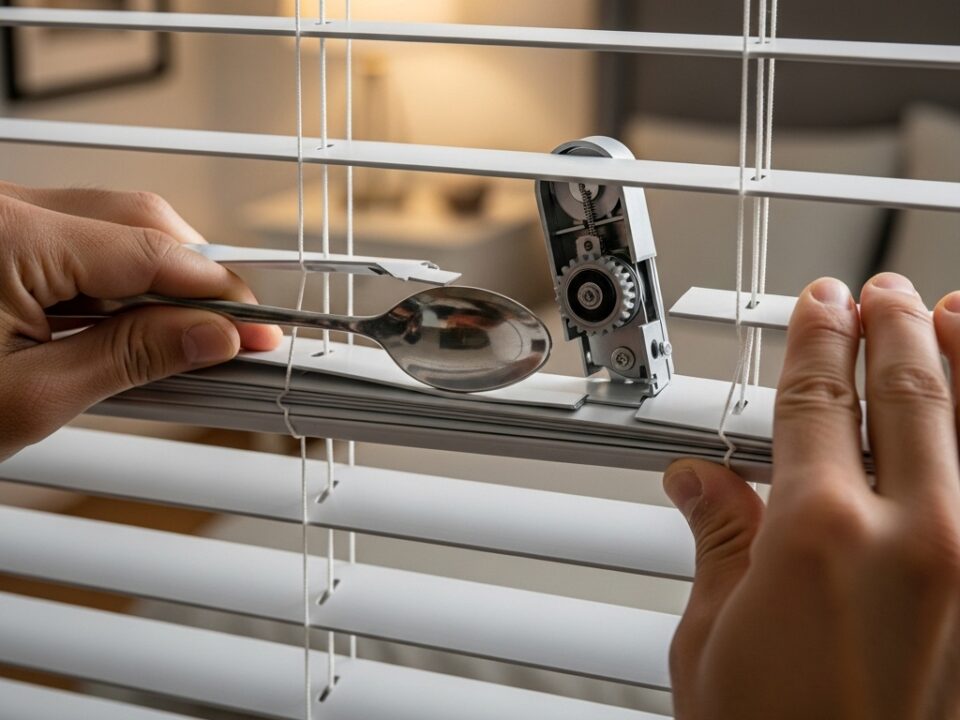
Aluminum Blinds Benefits for Simi Valley California Homes
November 21, 2025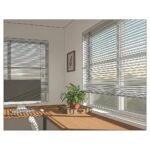
Environmental Impact of Aluminum Blinds in Simi Valley California
November 21, 2025Keeping Aluminum Blinds Looking New in Simi Valley
Aluminum blinds excel in our sunny, breeze-friendly Simi Valley climate, but like anything that sits near a window day in and day out, they benefit from a little routine care. The good news is that upkeep is straightforward and quick once you know the rhythm that suits your home. Dust in from an open window after a warm afternoon, a splash near the kitchen sink, or a little steam from the shower in the hallway bath—aluminum stands up to all of it with minimal fuss. Done right, maintenance keeps your blinds operating smoothly and looking crisp for years, preserving that neat, tailored look that makes rooms feel finished and comfortable.
If you are freshening your blinds for the first time or setting up a monthly routine, it helps to start with an understanding of how the material responds to our local conditions. We get a lot of clear-sky days, quick day-to-night temperature shifts, and occasional Santa Ana winds that can carry fine dust through a room the moment you crack a window. Aluminum’s smooth surface means dust sits on top rather than embedding, so a light touch is all you need most of the time. If you want a solid overview of what today’s products offer before planning your care routine, take a moment to browse this primer on keyword to see the variety of finishes and mechanisms and how they influence cleaning and maintenance.
The Weekly and Monthly Rhythm
Think of blind care like tidying a countertop: small, frequent passes beat infrequent deep cleans. A weekly or biweekly dusting keeps buildup from getting ahead of you, especially during windy stretches. Close the slats so they are flat, run a microfiber cloth lightly across, then reverse the tilt and repeat. This gentle two-sided pass removes the fine layer that dulls sheen and helps the slats move freely when you adjust them.
Monthly, add a touch more intention. With the slats in a slightly open position, use the soft-brush attachment on your vacuum to lift dust from the surface and from the ladder strings. Go slowly and support the bottom rail with your free hand to minimize tugging on the headrail. This steadier clean keeps operation smooth and prevents grit from creeping into the tilt mechanism over time.
Addressing Kitchen and Bath Build-Up
Kitchens and bathrooms deserve their own attention. In the kitchen, light cooking residue sometimes settles on nearby windows. A solution of lukewarm water and a few drops of mild dish soap on a soft cloth will cut through the film without affecting the finish. Wipe gently along the slats, then follow with a clean damp cloth to remove any soapy trace, and dry with a microfiber towel to restore brightness.
Bathrooms present a different challenge: moisture and, occasionally, mineral spots from hard water. Fortunately, aluminum slats do not swell, and their finishes are moisture-tolerant. If you see faint spotting, a wipe with distilled water or a slightly damp cloth followed by a dry pass will usually do the trick. Avoid abrasive powders and rough scrubbers; they can dull the finish and create tiny scratches that catch dust more readily.
Managing Dust During Wind Events
When winds pick up and you like to let fresh air through the house, plan a quick reset afterward. Once the breeze settles, tilt the slats to a mostly closed position and do a fast microfiber sweep from top to bottom. This habit prevents fine grit from working its way into the cord channels or gear housing and keeps the blinds looking uniform. It takes only a minute or two per window and saves you from more involved cleanups later.
For sliders or doors where blinds see frequent motion, check the hold-downs or side guides if installed. These small pieces keep the bottom rail steady, cutting down on the slight tapping that can happen when air moves. A steady blind not only sounds calmer; it also gathers less dust because it avoids tiny collisions that can knock particles loose from the window frame.
Spot-Treating Stubborn Marks
Occasionally a mark will resist your standard routine—a smudge from a mischievous pet nose, a child’s fingerprint, or a tiny scuff from a nearby chair. Start with the gentlest solution first: a damp cloth with water only. If that does not lift the mark, add a drop of mild soap, wipe, and then follow with a clean damp cloth and dry. Be patient rather than scrubbing hard. Aluminum finishes are tough, but finesse preserves their uniform look. If a single slat ever takes a noticeable dent, you can sometimes ease it flatter by placing the slat on a firm surface and coaxing it with the rounded back of a spoon. Work slowly, focusing on blending edges rather than forcing the dent out in one pass.
Keeping Mechanisms Smooth
Good operation is as much about cleanliness as it is about lubrication. Dust and grit are the enemies of smooth tilt and lift. Every few months, check the headrail for visible buildup. A quick burst of air from a hand pump or a gentle vacuum pass clears the housing. If the tilt feels stiff, verify that the slats are aligned and that ladder strings are not twisted. Resistance often comes from an out-of-sequence slat catching its neighbor. If the lift feels uneven, gently raise and lower the blind a few times to help the cords settle, making sure the bottom rail remains parallel to the sill.
For homes near busy streets, light vibration can slowly loosen brackets. During your seasonal clean, test the brackets by nudging the headrail side to side. It should feel snug. If there is play, carefully tighten the bracket screws, but do not overtighten; the goal is firm, not strained. A secure mount improves operation and reduces small clicks or rattles.
Managing Sun Exposure
Strong sun is a fact of life here. The best defense for your blinds is thoughtful use. When a room will sit empty for hours under bright light, tilt the slats to reflect sun toward the ceiling rather than leaving them open. This preserves the finish, reduces heat on the slats, and keeps the room more comfortable for when you return. If you have a treasured piece of furniture or art near a window, the same strategy helps protect it as well, with the blinds serving as your daily shield.
In rooms used for work or study, get in the habit of micro-adjustments throughout the day. A gentle tweak to the tilt as the sun moves reduces glare and also prevents that one stubborn slat from becoming a heat magnet. These tiny changes add up to smoother long-term operation and a more pleasant space.
Seasonal Deep Clean
Twice a year—often after spring winds subside and once more before the holiday season—set aside time for a fuller reset. Take the blinds down only if you feel comfortable doing so; many deep cleans can happen in place. With the slats slightly open, wipe each one with a damp microfiber cloth, then a dry cloth. Inspect the ladder strings, bottom rail, and headrail for any signs of wear or fraying. Address small issues early to avoid cascading problems, like uneven lift or an out-of-sync tilt.
If you do opt to remove the blinds, lay them flat on a clean towel and work methodically from top slat to bottom, flipping and repeating on the reverse side. Keep water use conservative—just enough to lift grime, not enough to seep into the headrail. Once completely dry, remount and test tilt and lift. The satisfaction of a smooth, even raise confirms everything is seated properly.
Preventing and Fixing Common Issues
Prevention starts with gentle handling. Always guide the bottom rail with your free hand when raising or lowering to keep pressure even across the cords. Avoid yanking cords or twisting the wand quickly; smooth motions protect the internal gears. If you notice a slight misalignment—one side of the bottom rail sitting higher—raise the blind fully and give it a soft tap downward from the top while holding the cords. This helps cords re-seat in the drum evenly. Small, timely corrections prevent bigger headaches later.
For bent slats, the spoon method mentioned earlier works well for minor dings. For anything significant, consider replacing the damaged slat. Many systems allow individual slat replacement without changing the entire blind. Matching the color and finish is usually straightforward, especially with current models.
Mid-Project Reality Check
As you refine your routine, remember that maintenance is as much about preserving appearance as it is about protecting function. A minute spent adjusting slats before leaving the house on a bright day or a quick wipe after cooking saves time and keeps your blinds feeling like a reliable part of the home’s rhythm. If you are in the middle of evaluating new or replacement products and want to tie maintenance considerations to your selection, this guide to keyword is a helpful companion while you weigh finishes, slat widths, and operating systems that fit your lifestyle.
Working Around Kids and Pets
Homes are busy places, and window coverings live right in the middle of that activity. If little hands love to peek through slats, teach a quick “tilt first” habit: show how a small twist of the wand opens a view without bending. For pets who enjoy window-watching, think about mounting the blind slightly higher, just enough to clear their preferred perch when raised a few inches. Cordless lift options are peace-of-mind upgrades, keeping lines tidy and reducing temptations for curious youngsters.
When accidents happen—and they do—act quickly and gently. Realign slats, smooth a minor bend, and check that ladders have not twisted. The faster you restore order, the less likely the issue will compound into a recurring snag or squeak.
Appearance Touch-Ups
Sometimes what a room needs is not a full clean, but a simple refresh of uniformity. Align the bottom rails across a bank of windows, set consistent tilt angles, and ensure the headrails sit flush and level. These small touches make the entire wall feel composed and intentional, which has an outsized impact on how finished the room feels. Aluminum blinds reward that attention to detail; their crisp horizontals amplify good alignment and celebrate tidy execution.
Frequently Asked Questions
Q: How often should I clean aluminum blinds in Simi Valley? A: Light dusting weekly or biweekly is ideal, with a more thorough wipe monthly. Add quick touch-ups after windy days if windows were open. This rhythm keeps dust from building and mechanisms moving smoothly.
Q: What cleaning products are safe? A: Mild dish soap diluted in warm water works well. Avoid abrasives, bleach, and strong solvents. Use soft cloths or a microfiber duster to protect the finish.
Q: Can I rinse aluminum blinds in the bathtub? A: You can, but it is rarely necessary and can introduce excess moisture into the headrail. In-place cleaning with damp and dry cloths is usually faster, cleaner, and safer for the mechanisms.
Q: How do I fix a squeaky tilt? A: First, clean. Dust often causes resistance. Ensure slats are aligned and ladders untwisted. If needed, a very light application of dry silicone lubricant on the tilt rod can help—apply sparingly and keep it away from fabric ladders.
Q: What about bent slats? A: Minor bends respond to gentle coaxing with a rounded tool and a firm, flat surface. Pronounced damage is best addressed by replacing the individual slat if your model allows it.
Q: Do aluminum blinds fade? A: Quality finishes are UV-resistant and hold their color well. Smart daily tilting to reflect direct sun extends that longevity even further.
Ready for Effortless Upkeep?
If you want aluminum blinds that clean easily, operate smoothly, and keep pace with Simi Valley’s sunny, breeze-filled days, a thoughtful maintenance routine will get you there. Explore styles and finishes that fit your home and make care even simpler by visiting this overview of keyword, then set your schedule and enjoy the lasting, tidy look that aluminum does so well.


